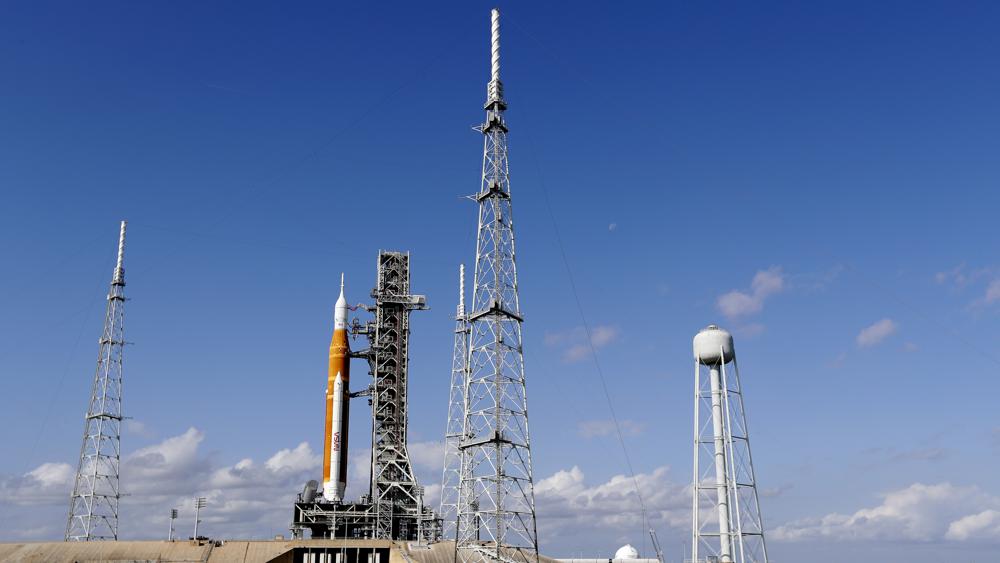Moon rocket launch looms as NASA evaluates hurricane damage

Posted Nov 14, 2022 9:44 am.
NASA started the countdown Monday for this week’s planned liftoff of its new moon rocket, although hurricane damage could cause yet another delay for the test flight.
Hurricane Nicole’s high winds caused a 10-foot (3-meter) section of caulking to peel away near the crew capsule at the top of the rocket last Thursday. Mission managers want to make sure the narrow strip won’t damage the rocket if it breaks off during liftoff. A final decision was expected Monday evening.
Liftoff is scheduled for the early morning hours of Wednesday from NASA’s Kennedy Space Center, with test dummies rather than astronauts on board. It’s the first test flight for the 322-foot (98-meter) rocket, the most powerful ever built by NASA, and will attempt to send the capsule into lunar orbit.
Related articles:
-
UBC researchers prepare for return to the moon with NASA-led Artemis program
-
University of Calgary study examines if Mars ‘could have once supported life’
-
Chorizo, not star: French scientist shares photo, urges people to be critical of online images
The nearly monthlong $4 billion mission has been grounded since August by fuel leaks and Hurricane Ian, which forced the rocket back into its hangar for shelter at the end of September. The rocket remained at the pad for Nicole; managers said there wasn’t enough time to move it once it became clear the storm was going to be stronger than anticipated.
The space agency plans to send astronauts around the moon in 2024 and land a crew on the lunar surface in 2025.
Astronauts last visited the moon in December 1972, closing out the Apollo program.
A microwave oven-size NASA satellite, meanwhile, arrived Sunday in a special lunar orbit following a summer liftoff from New Zealand. This elongated orbit, stretching as much as tens of thousands of miles (kilometers), is where the space agency plans to build a depot for lunar crews. The way station, known as Gateway, will serve astronauts going to and from the lunar surface.
The satellite, called Capstone, will spend six months testing a navigation system in this orbit.
___
The Associated Press Health and Science Department receives support from the Howard Hughes Medical Institute’s Department of Science Education. The AP is solely responsible for all content.








